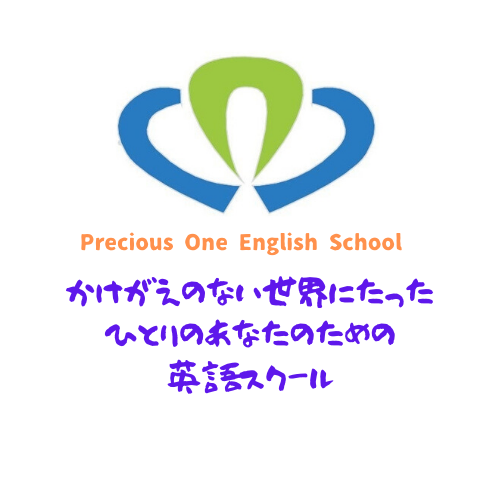by Ewa Nowogorski
Japanese animation is quite famous (and infamous) all around the world. It is known for having some of the most memorable shows and iconic, unforgettable characters. But despite its booming industry today, it had some pretty humble origins.
Animation in Japan is believed to have been inspired by colourful painted figures moving across the projection screen, called utushi-e. The first Japanese animation may have been produced in 1907, and it was called Katsudō Shashin (活動写真, “Activity Photo”). This was a collection of 50 frames stenciled directly onto a strip of celluloid. More publicized animation started being produced in 1917, and without any knowledge of animation techniques. They went through a process of trial and error drawing and cut out animation techniques.
Japanese animation during the early days was more expensive than its Western counterparts, and it was often overshadowed by more popular and successful animations such as Disney animations in America. The first Japanese animation that actually became popular worldwide was Astro Boy, which was released in 1963 and ran for 3 years, concluding after 193 episodes. This animation would embody the aesthetic that we would later be familiar with as Japanese anime, and this animation actually set many standards in the industry.
Japan had some other interesting firsts, such as A Thousand and One Nights, which was the first adult-oriented animated film, and less than 100 years after its beginning, Japan would give birth to its first fully computer animated anime, A.LI.CE in 2000.
オンライン
グループレッスン
期間限定 キャンペーン!
12月末締め切り
1月スタート
英語基礎コース 全42レッスン
土曜日 8-10時コース
日曜日 10-12時コース
どちらかをお選びください。グループ上限は8名とします。
グループChatworkで「添削・質問・相談」ただし、相談は期間中個別でも受け付けます
グループChatworkで「添削・質問・相談」ただし、相談は期間中個別でも受け付けます
独学教材 260単元 動画+テキスト+ドリル つき
42レッスン終了後も1年間は毎週連続してレッスンを展開:内容は生徒さんの希望により たとえばTOEICや演習など














コメントを投稿するにはログインしてください。